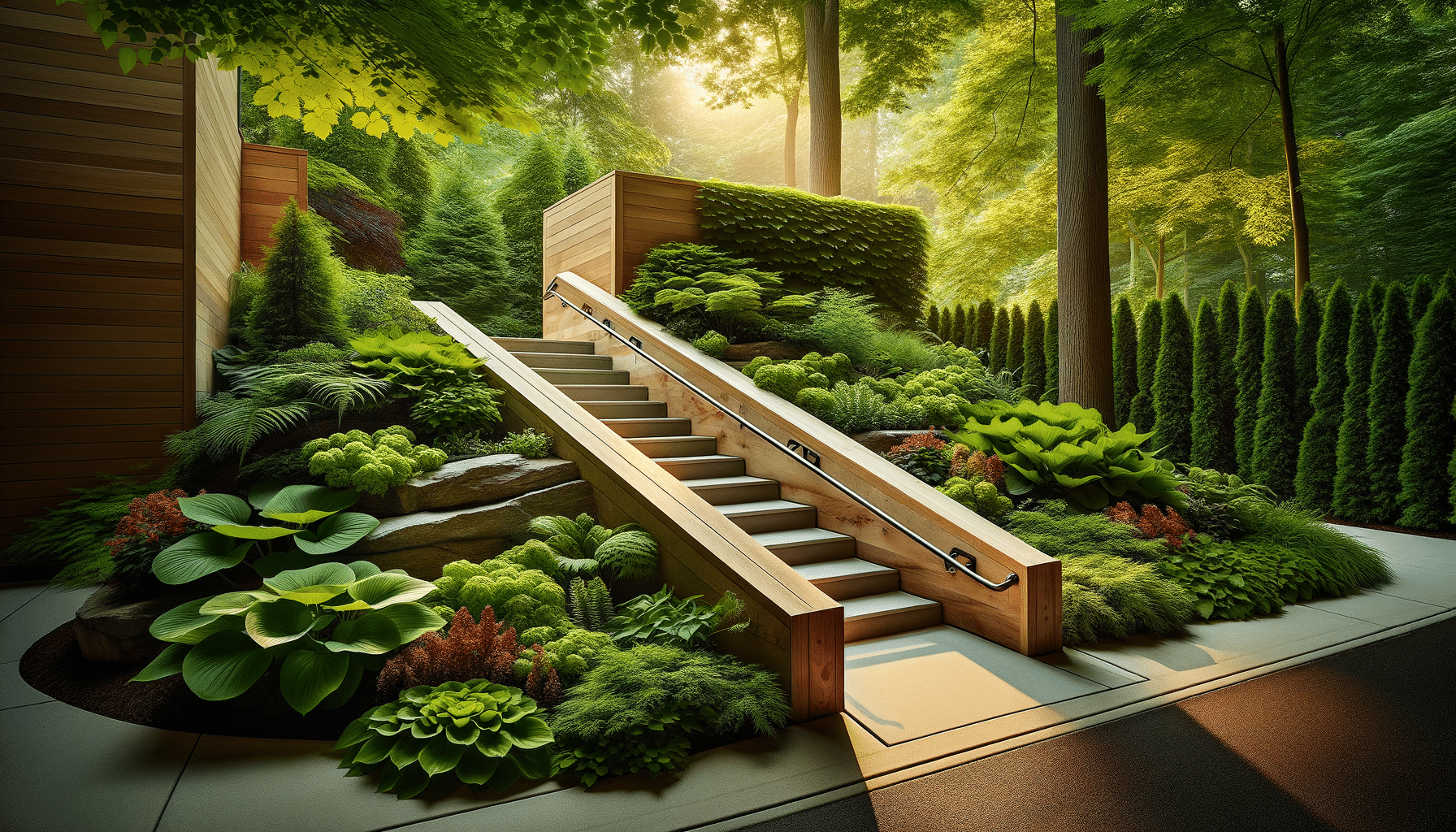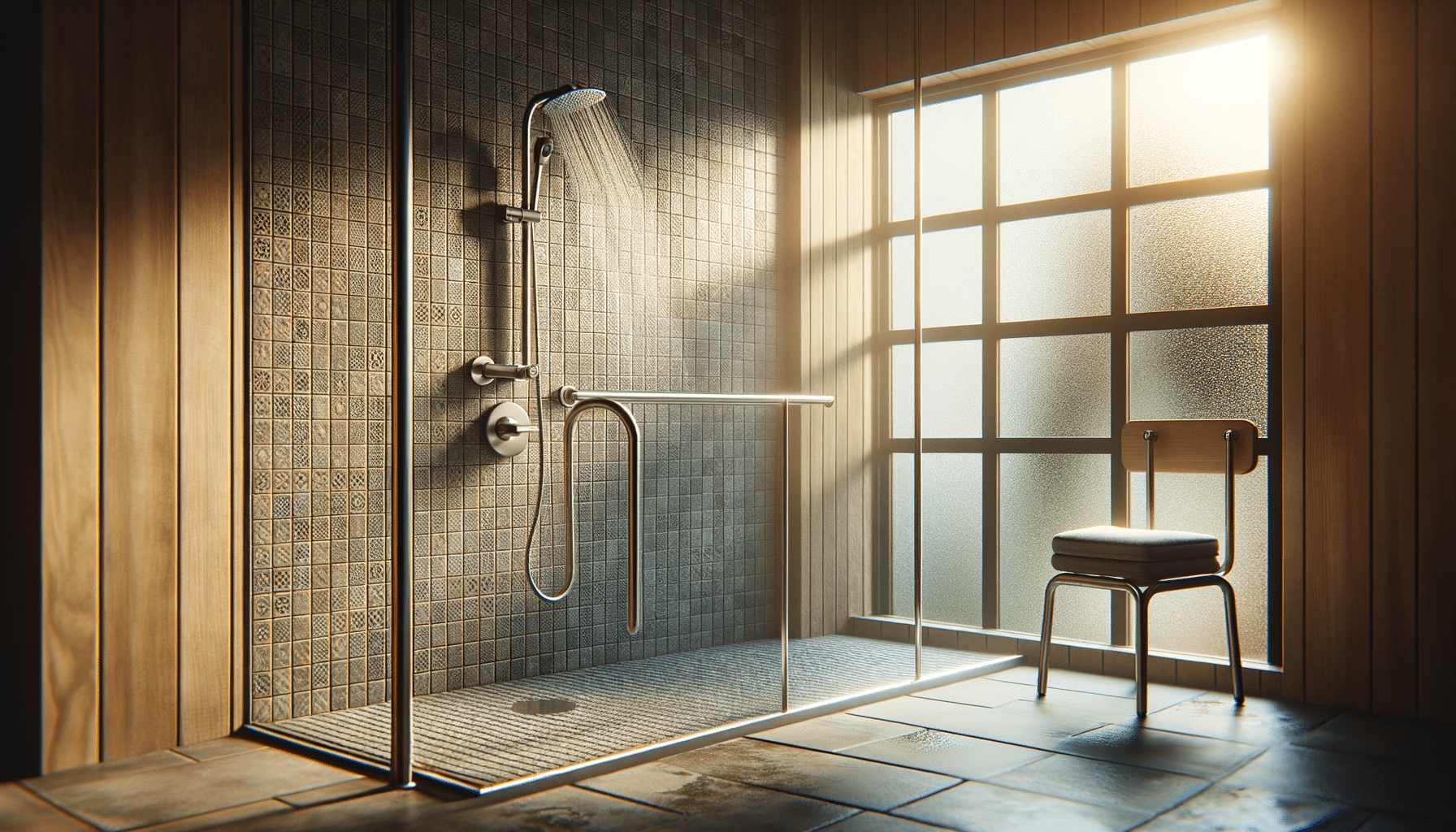
Access Ramps: Safe, Stylish, and Functional Designs for Every Home
Introduction to Access Ramps: Balancing Safety and Design
Access ramps are essential components in creating inclusive environments, ensuring that mobility is not an obstacle for anyone. Whether for residential homes or public buildings, ramps are not just functional; they are also integral to the architectural design, offering a seamless blend of safety and aesthetics. As we delve into the world of access ramps, we’ll explore how to choose or build ramps that balance these elements effectively, ensuring both functionality and style.
Choosing the right ramp involves considering several factors such as the materials used, the slope angle, and how the ramp integrates with existing structures like porches and gardens. The goal is to create smooth transitions that not only improve accessibility but also enhance the visual appeal of the space. With thoughtful design, ramps can become an attractive feature rather than a mere necessity.
The Role of Materials and Slope Angles in Accessibility
The choice of materials and the slope angle play crucial roles in the comfort and accessibility of ramps. Materials like concrete, wood, aluminum, and composite materials each have their unique advantages and considerations. Concrete is durable and ideal for permanent structures, while wood offers a warm, natural aesthetic. Aluminum provides a lightweight, rust-resistant option, and composite materials combine the benefits of durability and design flexibility.
When it comes to slope angles, regulations often dictate a maximum slope to ensure safety and usability. Typically, a 1:12 slope (one inch of rise per twelve inches of run) is recommended, providing a gentle incline that is easy to navigate. Steeper slopes can be hazardous and uncomfortable, especially for wheelchair users or those with limited mobility. It’s important to tailor the slope to the specific needs of the users while complying with local building codes.
Incorporating textured surfaces or non-slip coatings can further enhance safety, especially in areas prone to wet conditions. These details, though small, make a significant difference in the ramp’s overall effectiveness and user experience.
Integrating Ramps into Porches and Gardens
Seamless integration of ramps into porches and gardens requires a keen eye for design and functionality. Builders often recommend using landscaping elements to blend ramps with the natural surroundings. This can be achieved by incorporating plants, stones, or decorative elements that complement the ramp’s materials and color scheme.
For porches, ramps can be designed to follow the existing architectural lines, maintaining the visual flow of the structure. Curved or angled ramps can add a touch of elegance, turning a functional necessity into a design feature. Additionally, using similar materials for both the porch and the ramp can create a cohesive look.
In gardens, ramps can become pathways that enhance the landscape design. By using natural materials or adding decorative railings, ramps can contribute to the garden’s aesthetic, making them inviting and accessible. The key is to ensure that these elements do not obstruct the ramp’s primary function of accessibility.
Design Considerations for Building Access Ramps
When planning to build an access ramp, several design considerations must be taken into account to ensure safety and compliance with regulations. The ramp’s width is crucial; it should be wide enough to accommodate wheelchairs comfortably, with additional space for maneuvering. A minimum width of 36 inches is often recommended.
Handrails are another important feature, providing support and stability for users. They should be installed at a height that is comfortable for all users, typically between 34 and 38 inches. Handrails should also extend beyond the top and bottom of the ramp to offer continuous support.
Lighting is an often-overlooked aspect that can greatly enhance safety. Adequate lighting ensures that the ramp is visible at all times, reducing the risk of accidents. Solar-powered lights or motion-sensor lights can be energy-efficient options that provide illumination without increasing electricity costs.
Conclusion: Designing Ramps for Safety and Aesthetics
Access ramps are more than just functional structures; they are essential components that enhance accessibility and inclusivity. By carefully considering materials, slope angles, and integration with existing landscapes, ramps can be designed to be both safe and visually appealing. Builders and homeowners alike can create ramps that not only serve their purpose but also add value and beauty to their surroundings.
Incorporating thoughtful design elements ensures that ramps are not viewed as obstacles but as inviting pathways that enhance mobility and independence. With the right approach, ramps can seamlessly blend into any environment, providing both practical benefits and aesthetic appeal.


